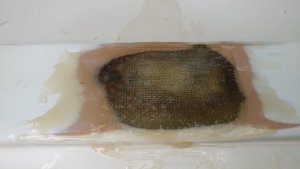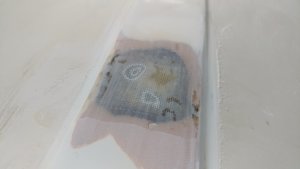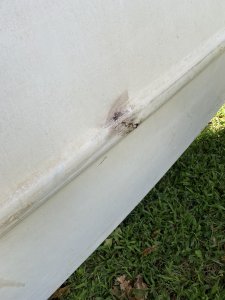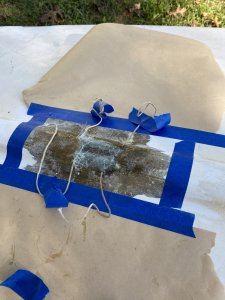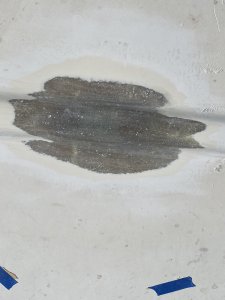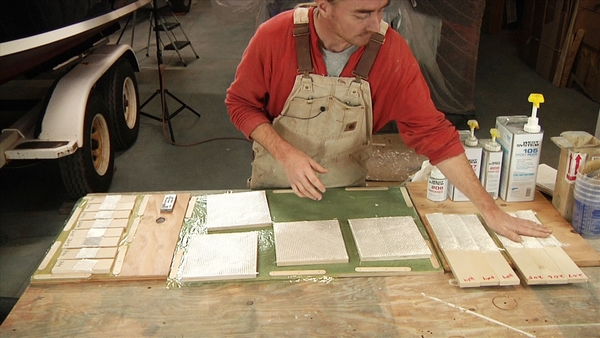Lucasfreshman
New Member
Hi. Very novice sailor and DIY boat fixer here. I have a 40 year old Phantom 14, sailed maybe 5 times, which mostly sat outside through the seasons of upstate NY. I'm planning on trying to sail with it in a small lake in the Adirondacks.
There's a fairly superficial but open hole in the bottom of the hull, directly below the mast, which I think is a result of a leaky mast cup. I did the leak/bubble test, and the leak appears very, very slow.
I want to patch the hole in the hull, but I'm wondering if there's more to this repair than just a superficial fix. So, any suggestions as to the best product for this patch, and am I going to need anything more complex? Pics attached and thanks!
There's a fairly superficial but open hole in the bottom of the hull, directly below the mast, which I think is a result of a leaky mast cup. I did the leak/bubble test, and the leak appears very, very slow.
I want to patch the hole in the hull, but I'm wondering if there's more to this repair than just a superficial fix. So, any suggestions as to the best product for this patch, and am I going to need anything more complex? Pics attached and thanks!


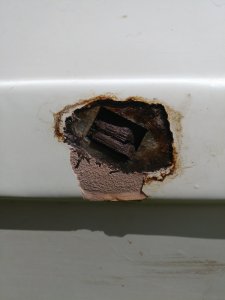

 The reason?
The reason?


